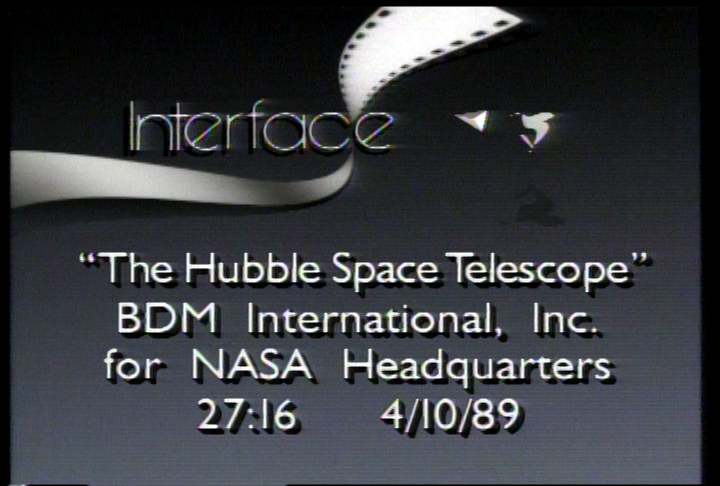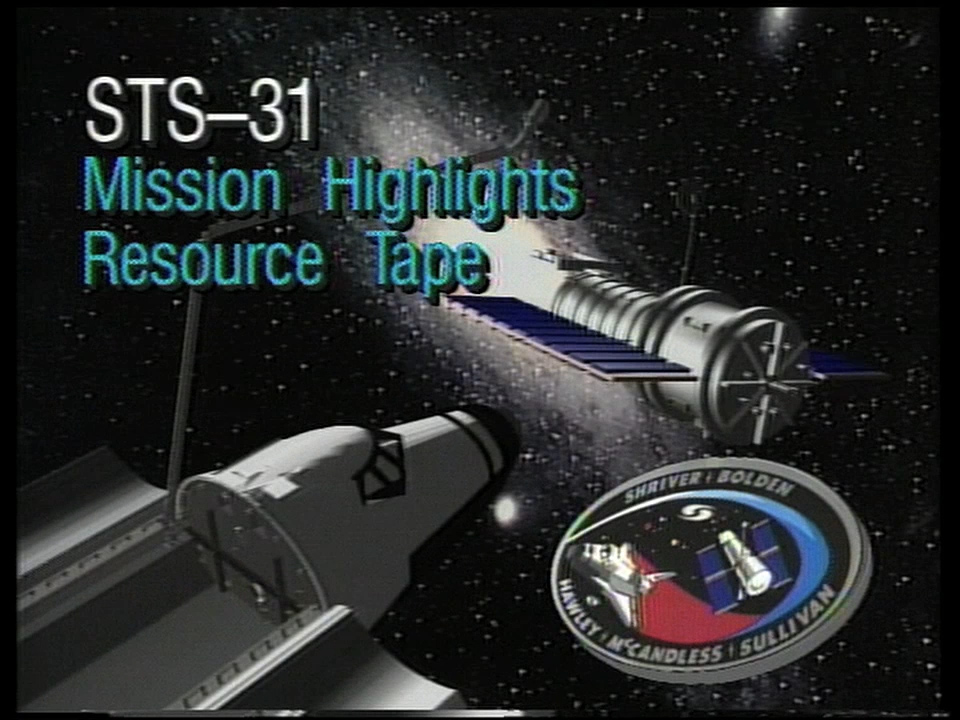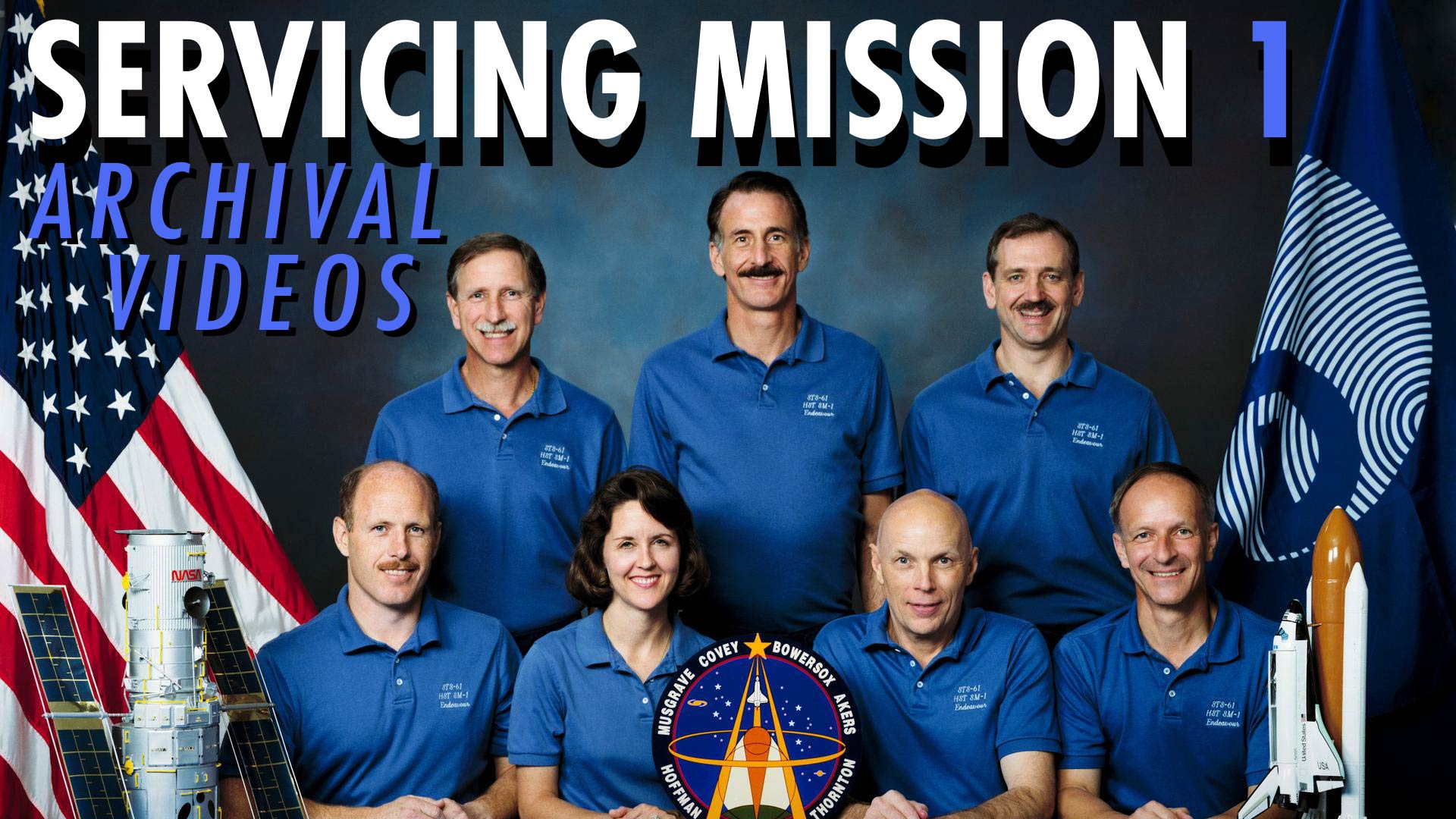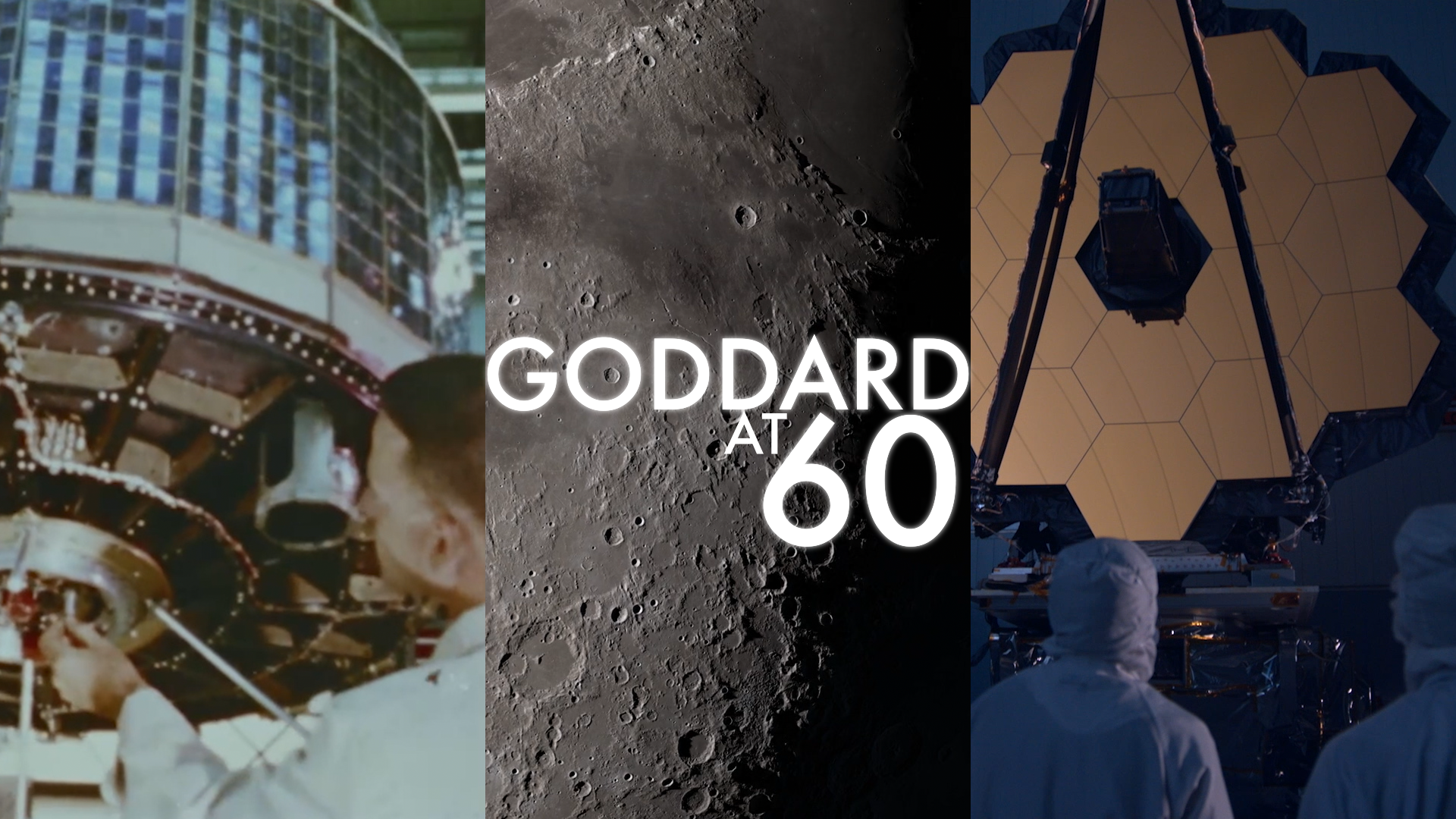Hubble Archive - Post-Deployment
Digitized tape of the press conference from June 27, 1990 where Ed Weiler and others explain the Hubble Space Telescope's spherical aberration problem and its impact to the science instruments. The aberration wouldn't much affect UV or IR observations, but the Wide Field Planetary Camera would be largely affected since it used visible wavelengths.
TRT: 30:00
Participants: Douglas Broome, HST Program Manager; Jean Olivier, Deputy Project Manager; Dr. Edward Weiler, HST Program Scientist at NASA HQ; Dr. Lennard A. Fisk, Associate Administrator Space Science and Applications at NASA HQ; Dr. Peter Stockman, Deputy Director of the Space Telescope Science Institute
Longer notes:
Describing the initial spherical aberration problem with the Hubble Space Telescope’s primary mirror. Describe how they conclusively determined the nature of the problem. It affects one of their science objectives. Weiler: “We can still do important science.” UV capability and IR capability not impacted. Spatial resolution is about at ground-based resolution. Explains impacts to each of the instruments.
HRS - will be able to do most of the science, just not in crowded fields, still excellent for planetary features, least impacted instrument
FOS - UV science not impacted except on crowded fields, quasar absorption lines won’t be impacted because point sources,
FOC - highest spatial resolution of the cameras, visible wavelengths will be ground-based resolution except maybe better for bright objects,
HSP - won’t be able to do science with high signal to noise, but can do about half of proposed science esp in UV
WFPC - probably no real science we can do with this because in visible
Fine guidance sensors for astrometry - can do 100% of science we proposed, will be able to look at star’s wobble to find exoplanets
Biggest impact is loss of spatial resolution for WFPC
Insurance policy - planned for maintenance program, are already building a second wide-field camera with a corrective mirror, think we can take out all the aberration and get back to original specification, 40% of science was going to be done with wide-field camera, developing NICMOS for near-IR capability that includes corrective optics
For HRS and FOS, have STIS under development which would replace spectrographic capabilities
Haven’t yet figured out how the problem occured; putting together a review board
Don’t know if the aberration is in the primary or secondary mirror
Didn’t test the two mirrors in combination because it would have been tremendously costly and difficult (hundreds of millions of dollars)
Cuts off at end
Audio missing from 11:10 - 11:20
"Observing with NASA's Hubble Space Telescope"
Tape from 02/19/1992
People: Peter Stockman, STScI Deputy Director; Duccio Macchetto, Division Head, Science Programs Division; Bruce Gillespie, Branch Chief, User Support Branch; Kirk Borne, Associate Scientist, Science Porogram Selection Office; Chris Blades, Branch Chief Telescope and Instruments Branch; Brett Blacker, Technical Manager, Science Planning Branch; Doug McElroy, Branch Chief, Science Planning & Scheduling Branch; Wayne Kinzel, Operations Astronomer, Science Planning & Scheduling Branch; Vicki Balzano, Lead Operations Astronomer, Engineering Support Branch; Joe Ryan, HST Mission Operations Manager, Goddard Space Flight Center; Dorothy Fraquelli, Operations Astronomer, Observation Support Branch; Sid Parsons, Branch Chief, Post-Oberservation Data Processing Branch; Herb Kennedy, Archive Operations Supervisor, Operations Branch; Daniel Golombek, Science Data Analyst Coordinator, Research Support Branch; Nino Panagia, Division Head, Academic Affairs Division; Eric Chaisson, Head, Educational & Pubilc Affairs Office
Includes footage of scientists working at the Space Telescope Science Institute (STScI) and mission operators working at the Space Telescope Operations Control Center (STOCC.)
Produced by the STScI Educational & Public Affairs Office
Producer/Director/Editor: Andrea Bricca
Production Engineer: Walt Feimer
Production Coordinators: Cheryl Gundy, Ray Villard
Animator: Dana Berry
Camera Operators: Andrea Bricca, Walt Feimer, Chris Meaney
Panel discussion from April 23, 1992
A Space Astronomy Update from the Hubble Space Telescope and a review of its first two years in orbit
People: Paula Cleggett-Haleim, Public Affairs Officer; Dr. Steve Maran, NASA Astronomer; Dr. John Bahcall, Professor of Natural Sciences, Institute for Advanced Study, Princeton; Dr. Sally Heap, Astronomer, Goddard Space Flight Center; Dr. Daniel Weedman, Professor of Astronomy, Penn. State University, Dr. Bruce Margon, Professor of Astronomy, University of Washington; Dr. John Caldwell, Institute for Space and Terrestrial Science;
"There were some early years of disappointment, but those days of gloom turned into true grit." - paraphrase of the moderator's intro.
Discusses aurora on Jupiter, globular star clusters, and gravitational lensing
40:45 - Q&A
1:11:02 - montage footage of launch, deploy, and science oberservations
Credits
Please give credit for this item to:
NASA's Goddard Space Flight Center
-
Producer
- Katrina Jackson (USRA)
Release date
This page was originally published on Thursday, October 4, 2018.
This page was last updated on Wednesday, May 3, 2023 at 1:46 PM EDT.




